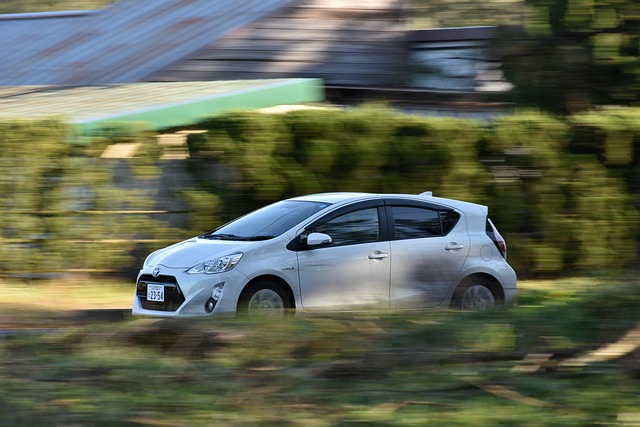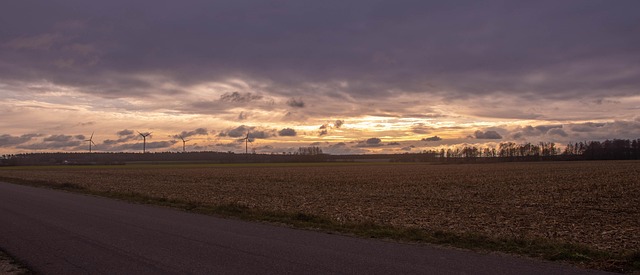Biodiversity in real estate is a key driver of property value and market trends, with varied flora and fauna enhancing locations' appeal for businesses, residents, and investors. Understanding its economic significance reveals its potential as a strategic focus for developers and investors catering to environmentally conscious buyers. Properties with rich biodiversity offer unique opportunities but require assessing and protecting ecological features through habitat maps, conservation, and restoration. Strategies to enhance biodiversity include urban green spaces and rural protected areas, sustainable farming, and native plant species in development.
In today’s digital era, real estate professionals are recognizing the invaluable role of biodiversity and habitat conservation. This article delves into these critical aspects, guiding you through understanding biodiversity’s significance in the property sector, assessing and safeguarding habitats, and implementing strategies to foster biodiversity in both urban and rural environments. By exploring these topics, we aim to equip folks with knowledge to make informed decisions that enhance our planet’s ecological balance.
Understanding Biodiversity's Role in Real Estate

In the realm of real estate, biodiversity is not just an environmental consideration; it’s a key component that significantly influences property value and market trends. The richness and variety of plant and animal life within a habitat directly impact its appeal and desirability to potential buyers and tenants. A bustling ecosystem, teeming with diverse species, adds a unique allure that can attract businesses, residents, and investors alike. This natural tapestry contributes to the overall health and resilience of an area, making it more attractive for development while ensuring long-term sustainability.
Understanding biodiversity’s role involves recognizing its economic value in real estate. Habitats rich in biodiversity often become prime locations for eco-friendly developments, green spaces, and nature-focused tourism, driving up property values. Moreover, these areas tend to have lower maintenance costs due to natural pest control and water management systems. As today’s folks grow increasingly conscious of their impact on the environment, real estate markets are responding by prioritizing biodiversity and habitat conservation, making it a strategic focus for investors and developers who want to stay ahead in a competitive market.
Assessing and Protecting Habitats on Properties

Many real estate properties are not just about the structures and land that meet the eye; they also encompass rich biodiversity and diverse habitats, especially in rural or natural settings. Assessing and protecting these ecological features is a key consideration for property owners, developers, and even buyers. It involves identifying and understanding the unique flora and fauna on the site, including rare or endangered species, as well as the overall health of ecosystems like forests, wetlands, or grasslands.
One practical step is conducting thorough environmental audits to create detailed habitat maps. This process helps in making informed decisions about land development while minimizing ecological impact. By preserving and restoring habitats, real estate professionals can contribute to biodiversity conservation, enhance property value over time, and potentially unlock opportunities for eco-friendly initiatives that attract environmentally conscious buyers or tenants.
Strategies for Promoting Biodiversity in Urban and Rural Settings

In both urban and rural settings, there are strategies that can be implemented to promote biodiversity. Urban areas, often characterized by dense development, can enhance biodiversity through green infrastructure. This includes integrating green spaces, such as parks and roofs topped with vegetation, which provide habitats for various species and improve overall ecosystem health. Encouraging urban residents to create small gardens or adopt backyard wildlife habitats also contributes significantly. In contrast, rural landscapes can focus on conservation efforts like establishing protected areas, promoting sustainable farming practices, and implementing corridors that connect isolated habitats. These strategies ensure the continuity of ecosystems and support diverse flora and fauna.
Real estate development plays a crucial role in these efforts as well. Responsible land use planning can prioritize biodiversity by designing spaces that cater to natural environments. Incorporating native plant species in new developments encourages local wildlife to thrive, while preserving natural habitats ensures biodiversity’s long-term sustainability. Moreover, sustainable building practices that minimize environmental impact and promote energy efficiency contribute to a greener, more biodiverse future for both urban and rural communities.






